The automotive industry is always on the move, shaping and reshaping consumer choices. Whether you’re aware of it or not, these trends steer your decisions, often in subtle, unnoticed ways. Here’s how you might be an ‘auto fashion’ victim, influenced by the latest trends.
1. SUV Mania

Image Credit: Shutterstock / Krystian Konopka
SUVs have dominated the market in recent years, driven by their perceived safety, versatility, and status symbol. However, their popularity isn’t just consumer-driven; aggressive marketing and favorable financing deals heavily push SUVs. Despite their appeal, they often come with higher fuel consumption and maintenance costs, making them less economical in the long run.
2. Electric Vehicle Hype
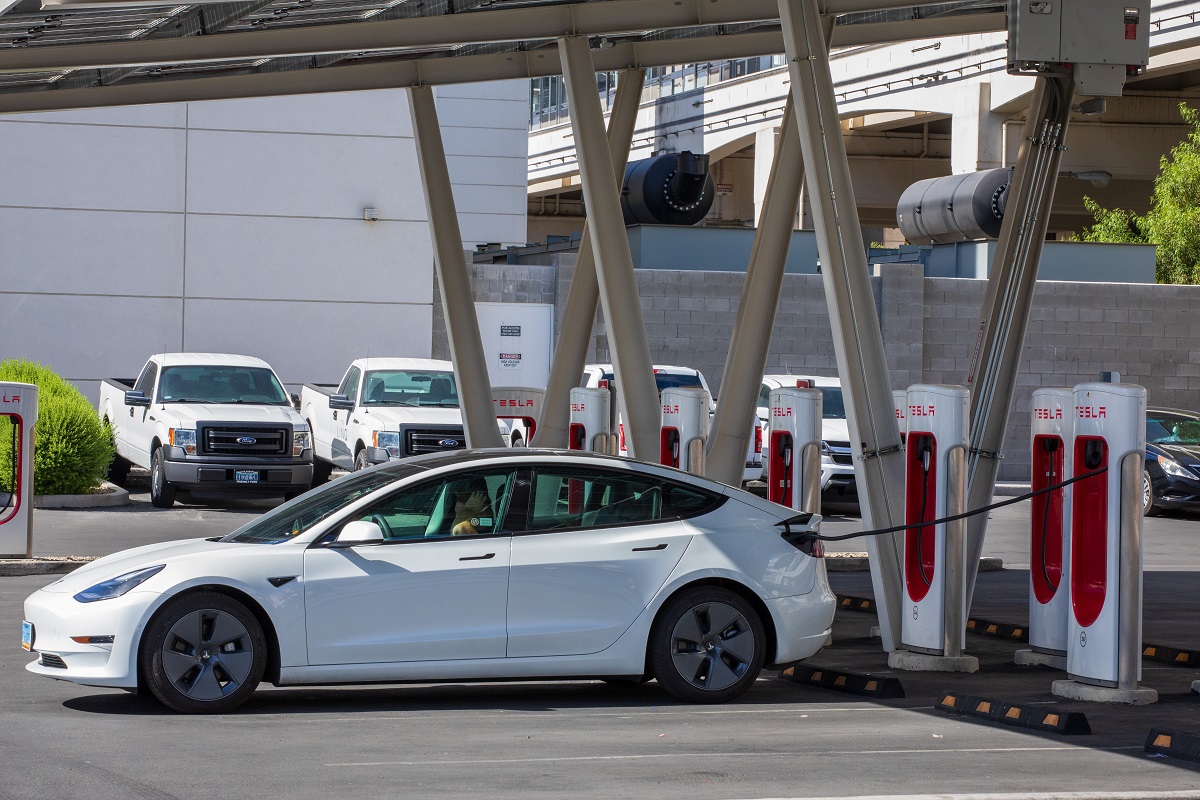
Image Credit: Shutterstock / Rexjaymes
Electric vehicles (EVs) are marketed as the future of eco-friendly driving, with brands like Tesla leading the charge. While they offer benefits like lower emissions and reduced fuel costs, the reality includes concerns about battery lifespan, charging infrastructure, and higher initial purchase prices. The heavy promotion of EVs can overshadow these practical considerations.
3. Tech Overload

Image Credit: Shutterstock / metamorworks
Modern cars are increasingly loaded with tech features like advanced driver-assistance systems (ADAS), infotainment systems, and connectivity options. These features are often marketed as essential for safety and convenience. However, the complexity can lead to higher repair costs and potential distractions while driving. The trend towards high-tech cars may prioritize novelty over simplicity and reliability.
4. Minimalism and Streamlined Designs

Image Credit: Shutterstock / S.Phoophinyo
Minimalist and sleek car designs are in vogue, driven by a desire for modern aesthetics and improved aerodynamics. While these designs can enhance fuel efficiency, they often sacrifice practical elements like cargo space and ease of repair. Consumers drawn to these designs may find them less functional than traditional car shapes.
5. Luxury and Premium Brands
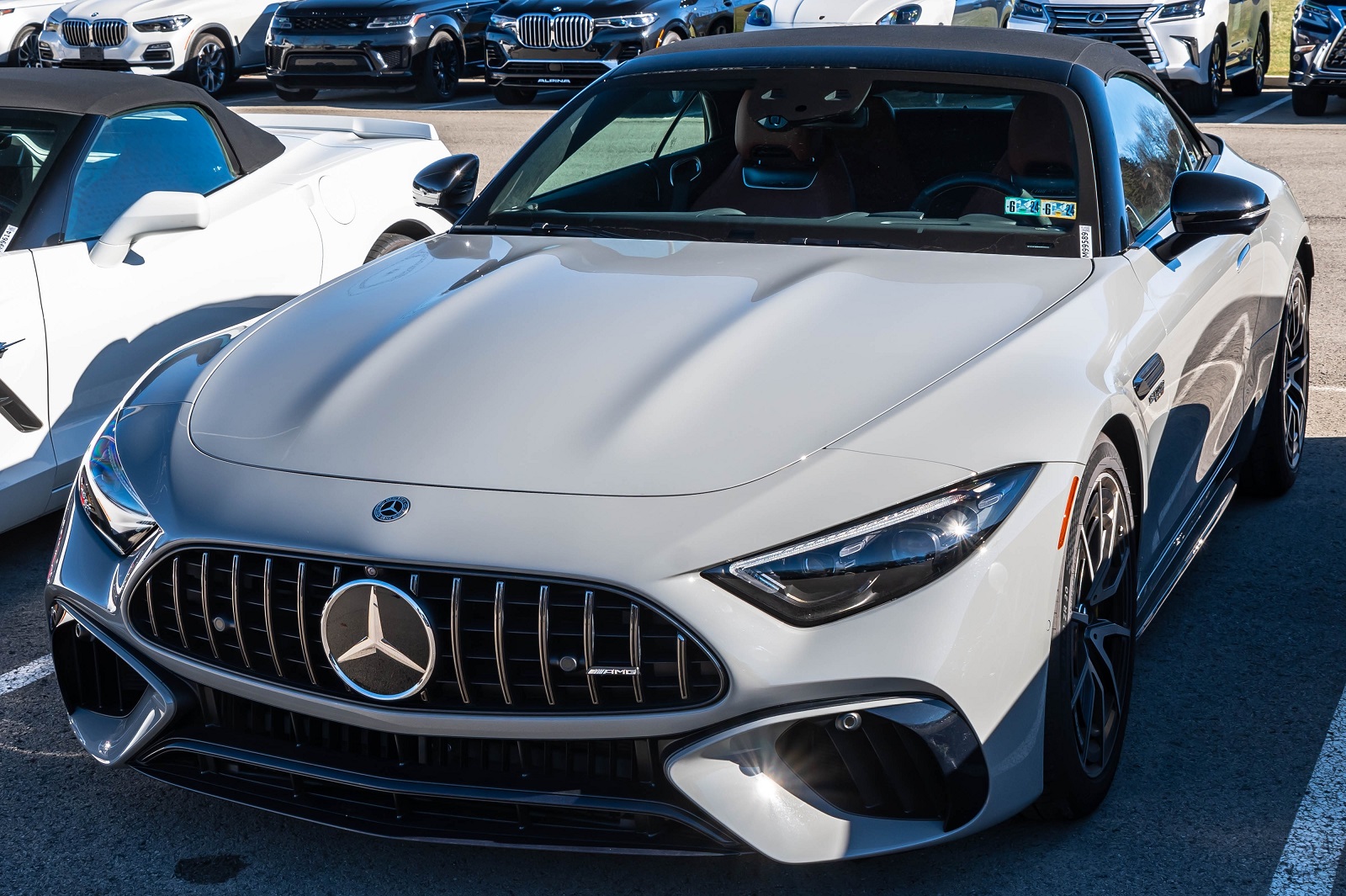
Image Credit: Shutterstock / woodsnorthphoto
Luxury brands like BMW, Mercedes-Benz, and Audi have seen increasing demand, partly due to their association with status and quality. However, these cars come with higher purchase and maintenance costs, and their advanced features can be prone to expensive repairs. The allure of luxury can often overshadow practical financial considerations.
6. Color Trends

Image Credit: Shutterstock / ViDI Studio
Color trends in cars are also a subtle influencer, with certain colors like white, black, and silver often being more popular and thus easier to resell. However, choosing a trendy color might not suit everyone’s taste long-term and could affect your satisfaction with the vehicle. Marketing often promotes these “in” colors, nudging you towards these options without considering your personal preference.
7. Compact SUVs

Image Credit: Shutterstock / Best Auto Photo
Compact SUVs have gained popularity as a supposed middle ground between sedans and larger SUVs. They promise the benefits of both categories but often fail to deliver the space of an SUV or the fuel efficiency of a sedan. This trend can lead to compromises that don’t fully satisfy the needs of either market segment.
8. Subscription Services
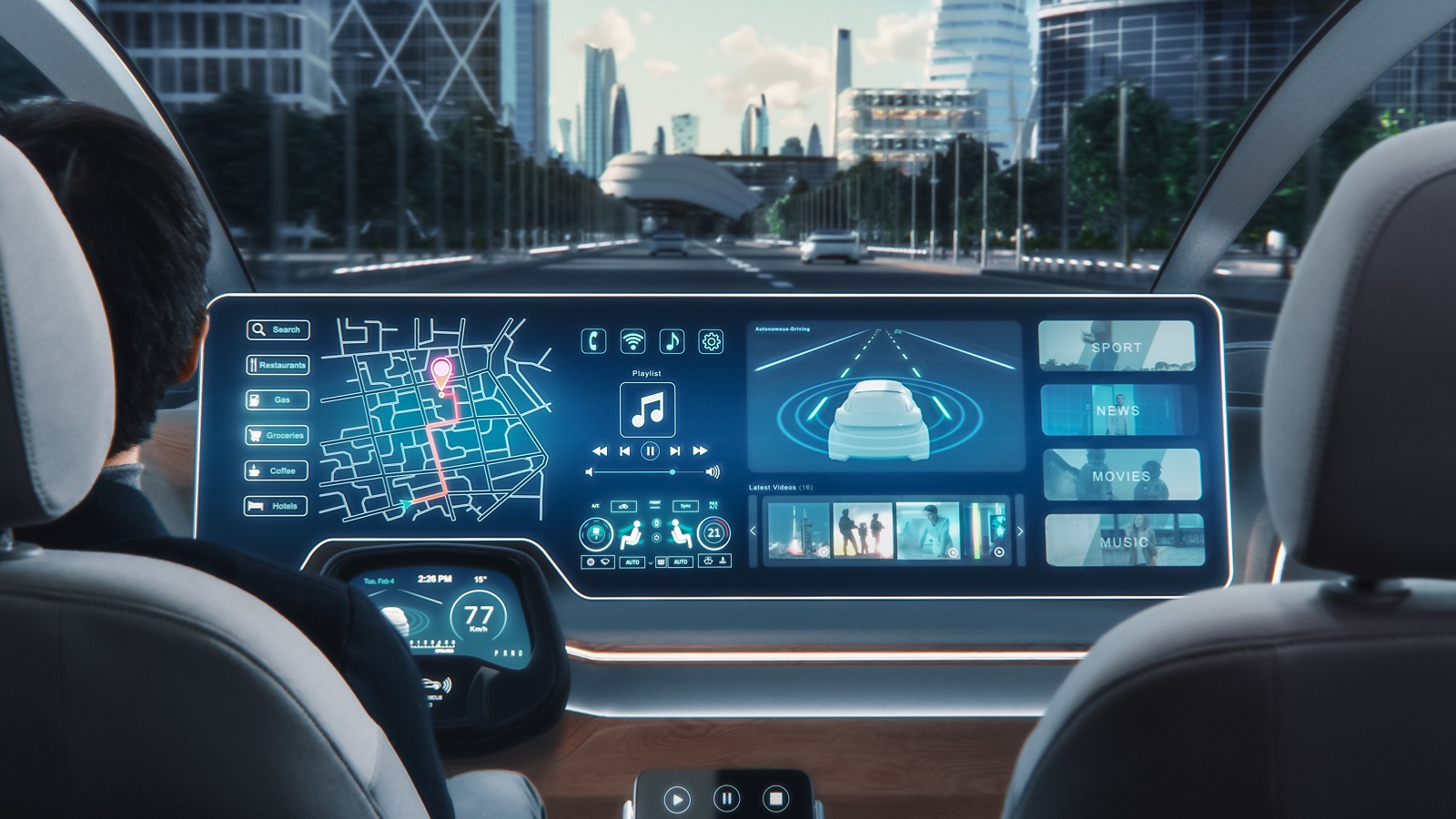
Image Credit: Shutterstock / Gorodenkoff
Many car manufacturers are introducing subscription services for features like heated seats or advanced navigation systems. While this trend allows for flexibility, it also means ongoing costs for features that were previously included in the purchase price. Consumers may end up paying more over time for these conveniences.
9. Environmentally-Friendly Materials
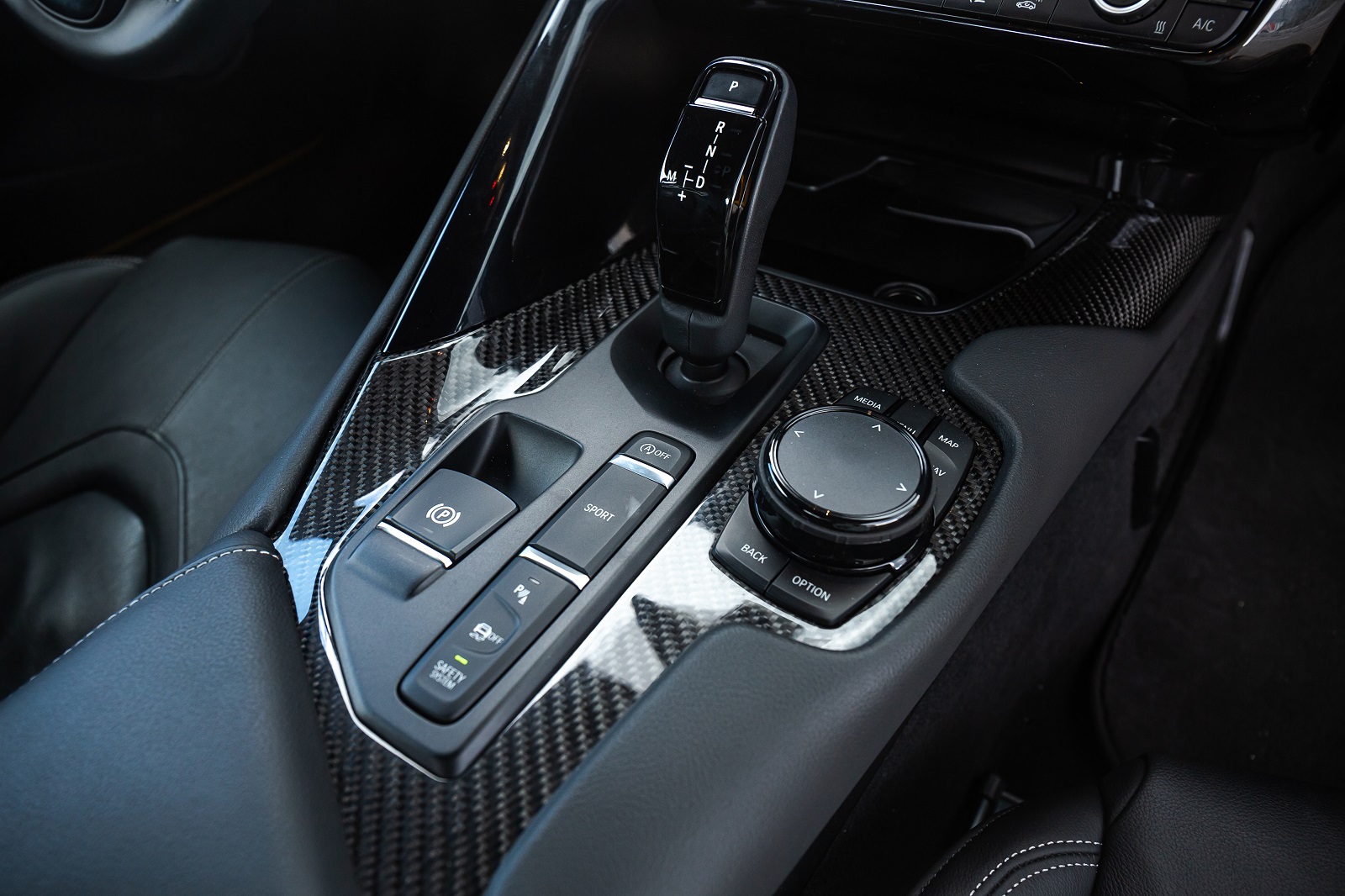
Image Credit: Shutterstock / popartproduction
There’s a growing trend towards using environmentally-friendly materials in car interiors, such as recycled plastics and natural fibers. While this is marketed as a green initiative, the actual environmental impact can be less than advertised, and these materials might not offer the durability or comfort of traditional options.
10. Performance Cars
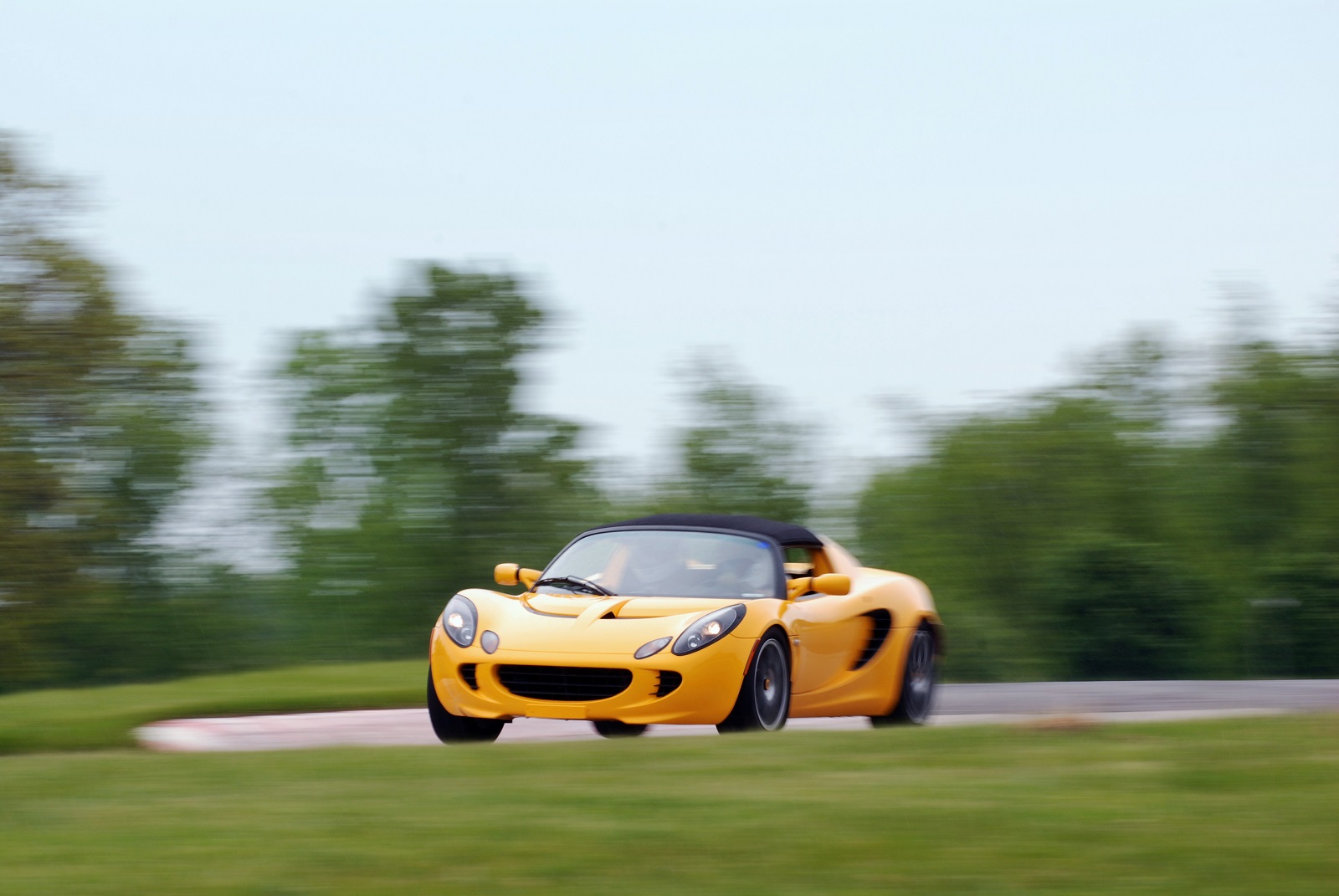
Image Credit:Shutterstock / speedphotos
High-performance cars like sports cars and muscle cars continue to captivate a segment of the market. However, these vehicles often come with higher insurance costs, lower fuel efficiency, and greater maintenance requirements. The thrill of performance can lead to significant ongoing expenses and practical challenges.
11. Crossover Craze
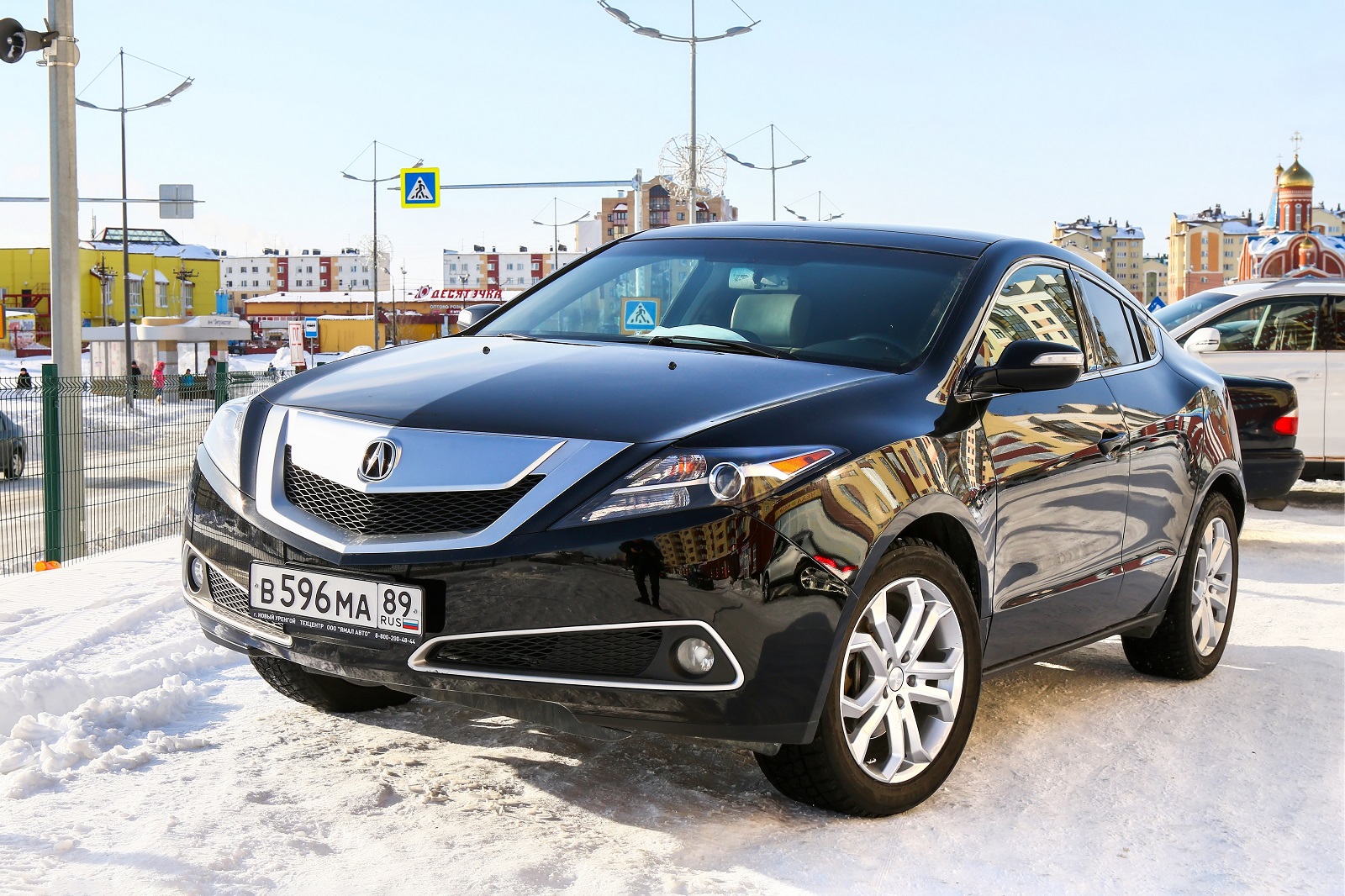
Image Credit: Shutterstock / Art Konovalov
Crossovers blend elements of SUVs and cars, and their popularity is skyrocketing. They are often marketed as the best of both worlds, but in reality, they can suffer from the drawbacks of both categories, such as less off-road capability than an SUV and lower efficiency than a sedan.
12. Over-the-Air Updates
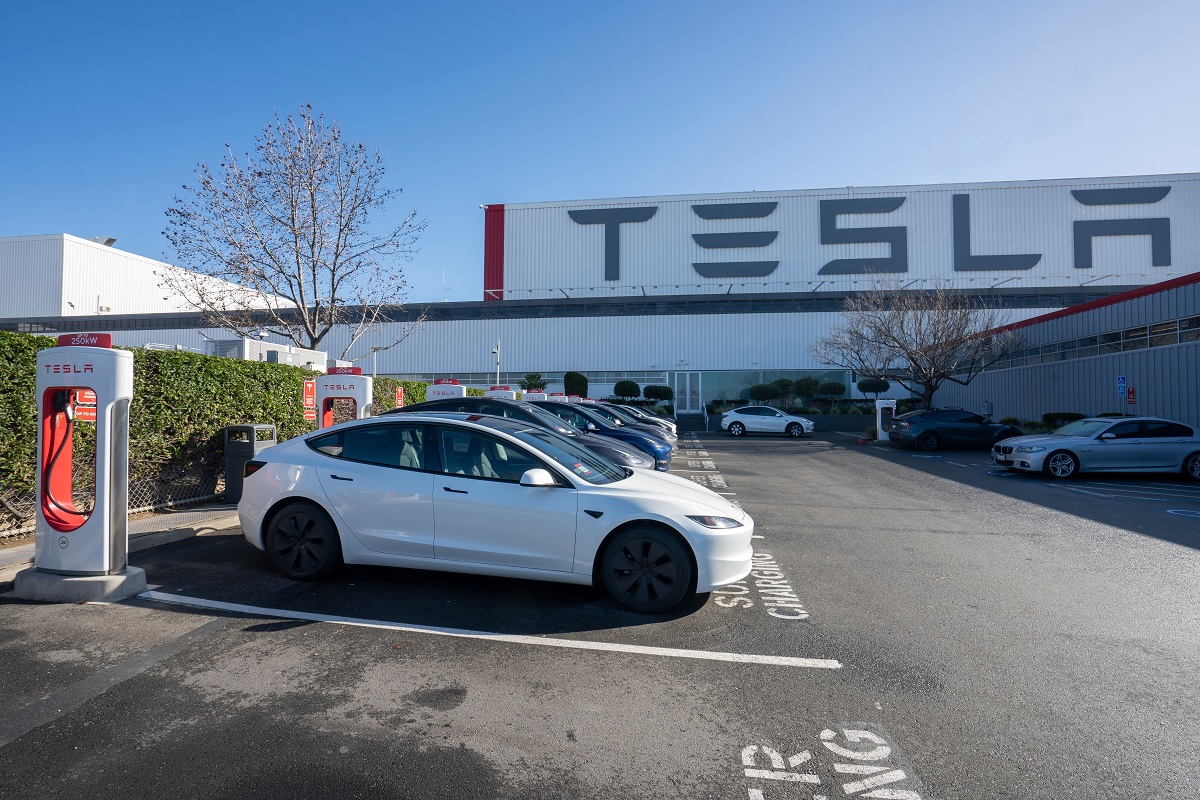
Featured Image Credit: Shutterstock / Tada Images
Manufacturers like Tesla have popularized over-the-air (OTA) updates, promising continual improvements to car software. While convenient, this also means that your vehicle’s performance and features are at the mercy of the manufacturer’s updates, which can sometimes introduce new issues or require additional payments for premium features.
13. Fuel Efficiency Ratings

Image Credit: Shutterstock / Dragana Gordic
Fuel efficiency is a major selling point, especially for commuters. However, the advertised fuel economy can often be unrealistic, based on ideal conditions not reflective of everyday driving. Consumers might find that their actual fuel costs are higher than anticipated, leading to disappointment and additional expenses.
14. Autonomous Driving Promises

Image Credit: Shutterstock / riopatuca
The hype around autonomous driving technology suggests a future of hands-free driving. However, current technology is far from perfect, and there have been numerous incidents involving semi-autonomous systems. The gap between marketing promises and reality can lead to overreliance on flawed systems and potential safety risks.
15. Subscription-Based Features
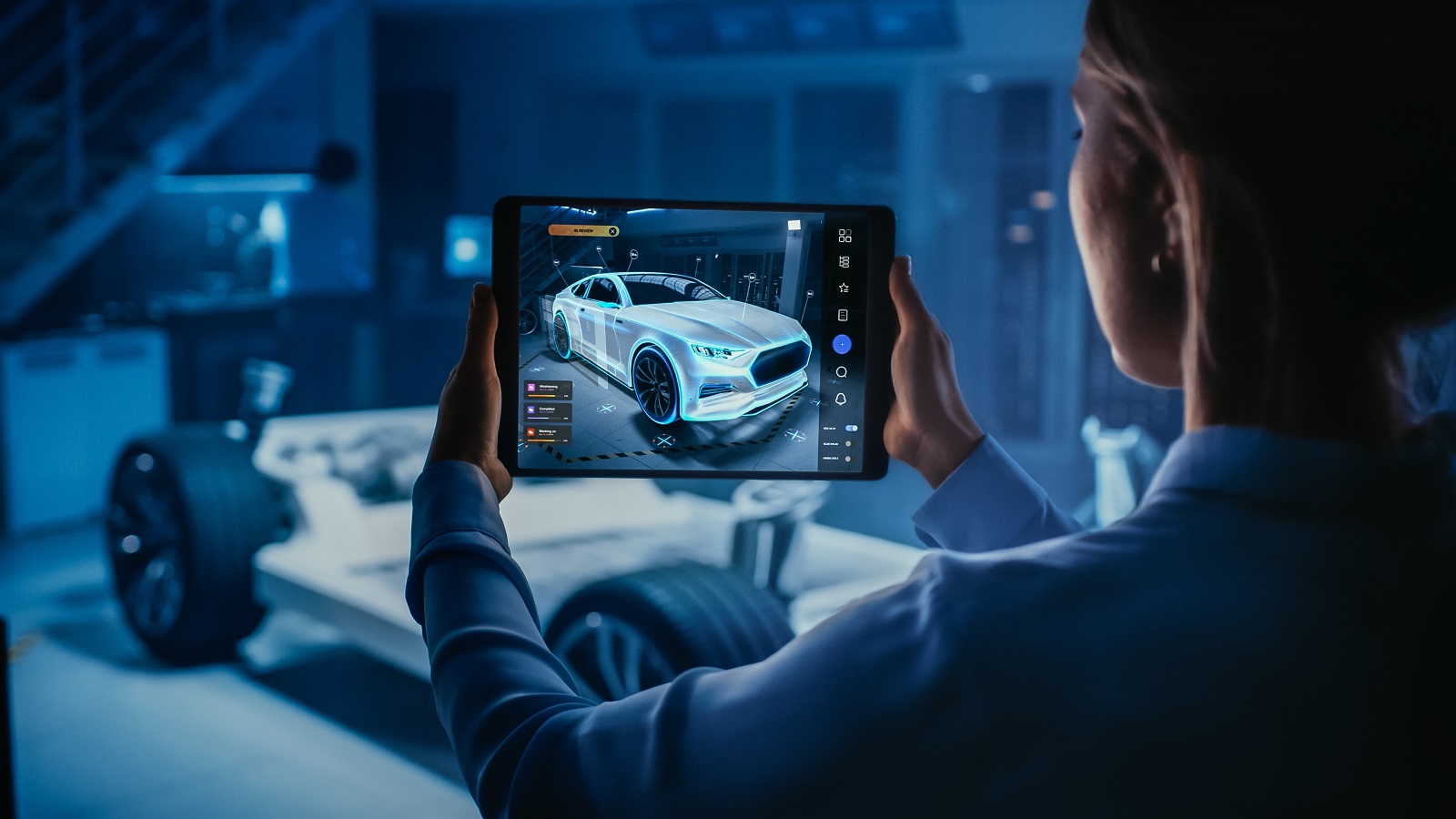
Image Credit: Shutterstock / Gorodenkoff
Car manufacturers are increasingly shifting towards subscription-based models for features like advanced navigation, safety systems, and even heated seats. This can lead to ongoing costs and potentially more expensive ownership experiences as you continuously pay for features that were once included in the vehicle’s purchase price.
16. Ride-Sharing Compatibility
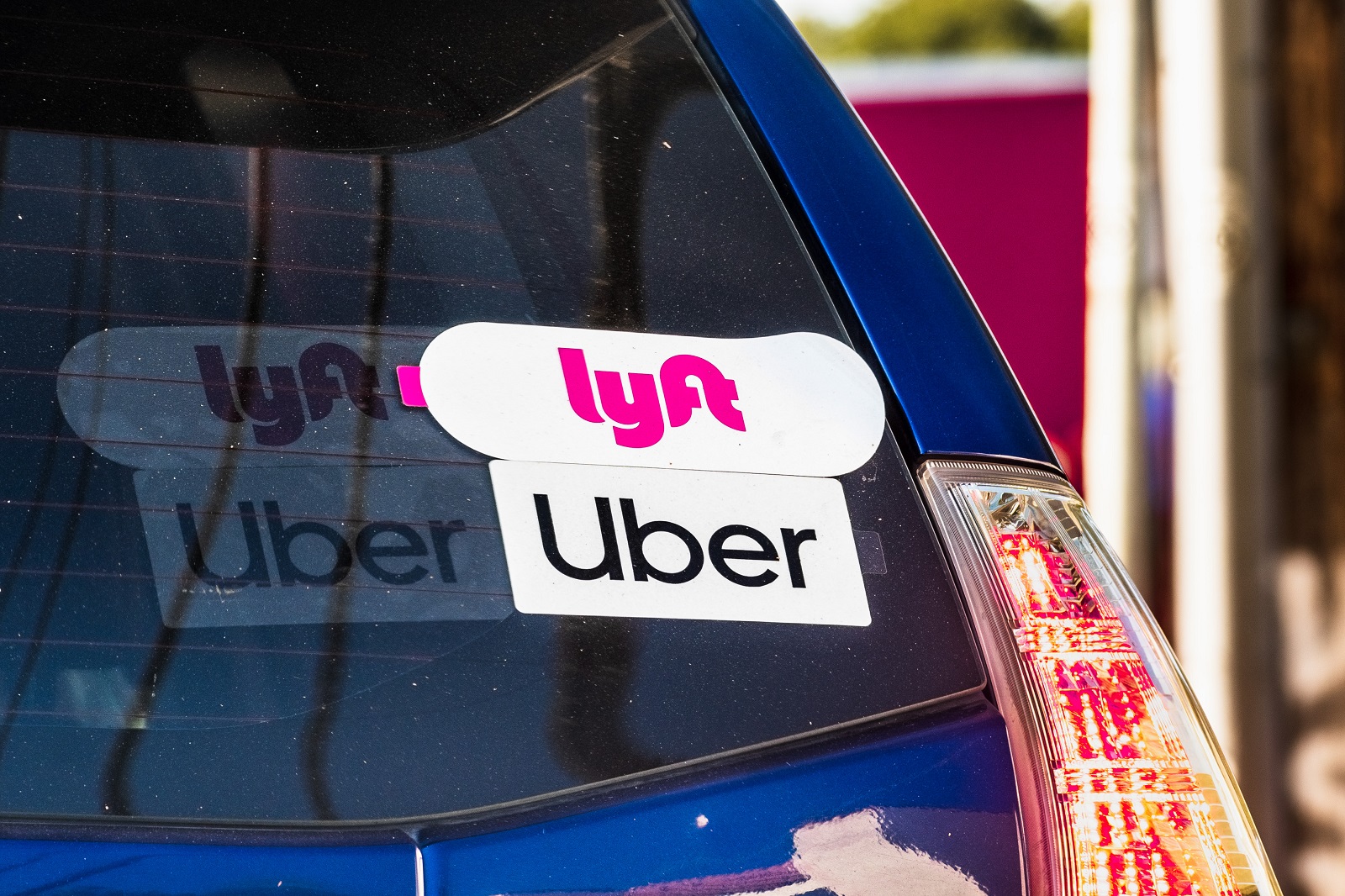
Image Credit: Shutterstock / Sundry Photography
New cars are often designed with ride-sharing in mind, boasting features that make them suitable for services like Uber and Lyft. While this might appeal to those looking to offset car payments through ride-sharing, it can also lead to increased wear and tear and faster depreciation.
Beware the Trends

Image Credit: Shutterstock / Studio Romantic
Automotive trends can significantly shape your choices, often without you even realizing it. While these innovations and designs can offer exciting new features, they also come with hidden costs and practical challenges. By being aware of these trends and their potential pitfalls, you can make more informed decisions and avoid becoming an auto fashion victim. Stay savvy and critically evaluate the true benefits of the latest automotive offerings.
Police Magnet: 7 Cars That Guarantee You’ll Get Pulled Over

Image Credit: Shutterstock / sirtravelalot
Driving certain cars can make you more noticeable to law enforcement, even if you’re abiding by all the rules. Are you driving one of these “police magnets”? Here are seven cars that seem to attract more police attention than others. Police Magnet: 7 Cars That Guarantee You’ll Get Pulled Over
The Classic Cars That Were Total Clunkers
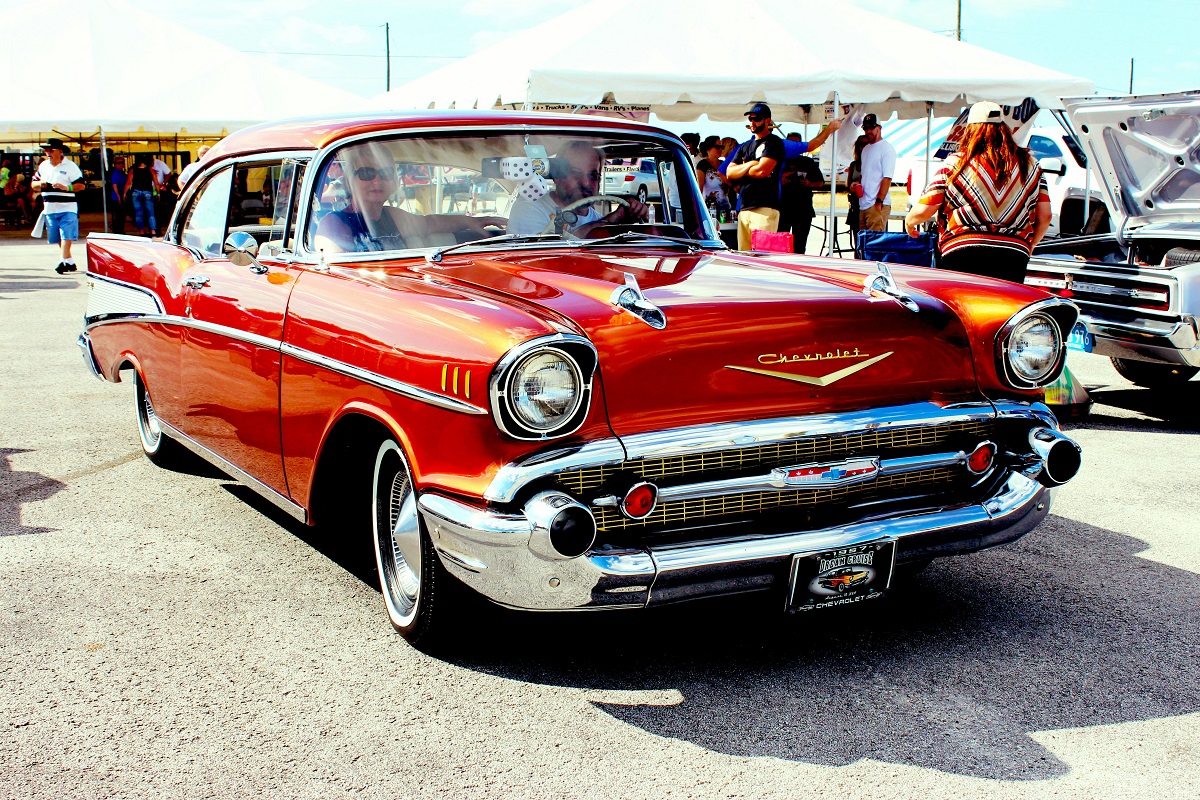
Image Credit: Pexels / Pixabay
Nostalgia has a funny way of making the past seem better than it was, especially when it comes to cars. But here’s the hard truth: some of those “classic” cars your dad raves about were real clunkers. Here’s a closer look at why some of those so-called “classics” weren’t all they were cracked up to be. The Classic Cars That Were Total Clunkers
The Worst U.S. Cars Ever Made: A Retro List

Image Credit: Pexels / Be The Observer
The U.S. auto industry has produced some incredible vehicles, but not every model was a hit. Here’s a look back at 16 of the worst cars ever made in the U.S., each infamous for its own unique flaws. The Worst U.S. Cars Ever Made: A Retro List
Featured Image Credit: Shutterstock / VesnaArt .
For transparency, this content was partly developed with AI assistance and carefully curated by an experienced editor to be informative and ensure accuracy.
The images used are for illustrative purposes only and may not represent the actual people or places mentioned in the article.



